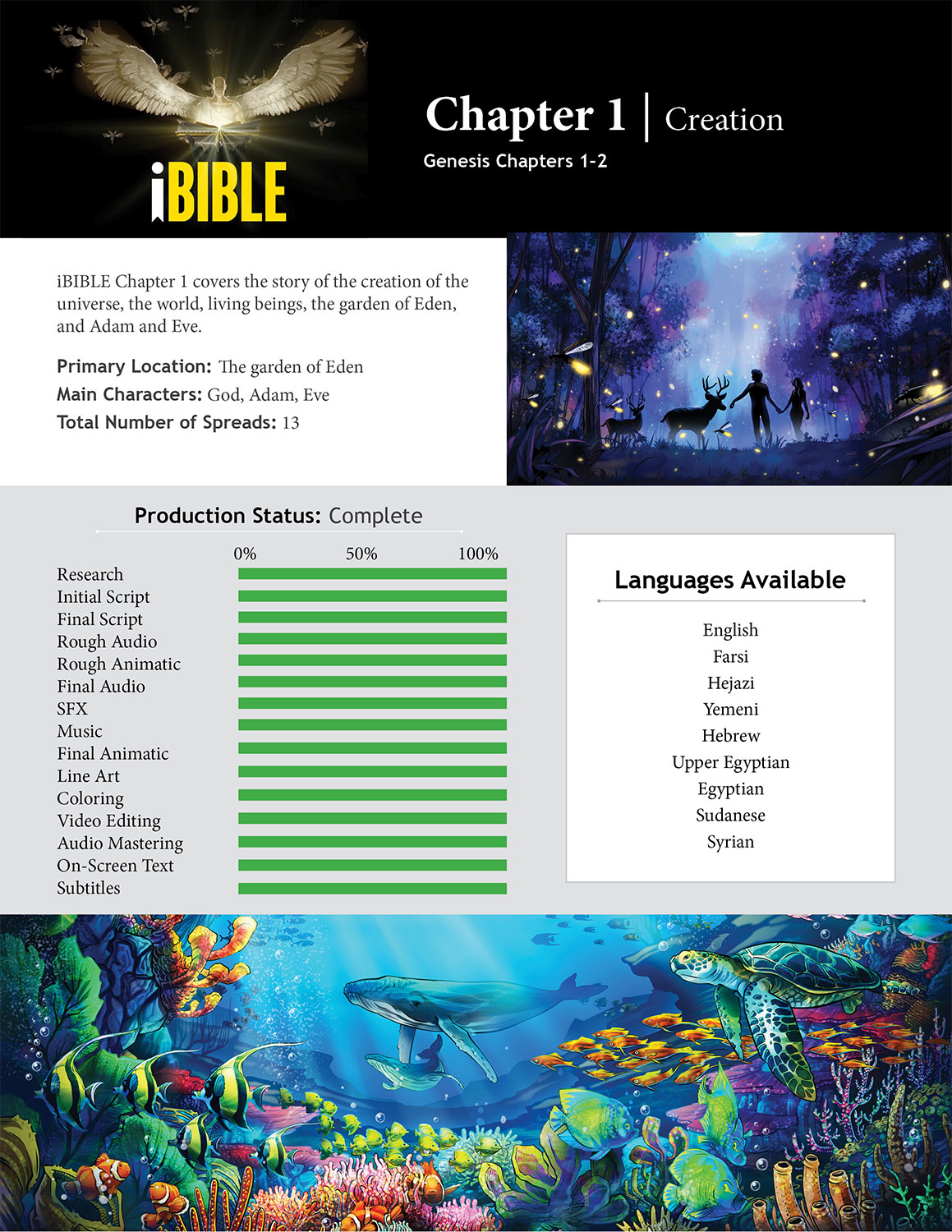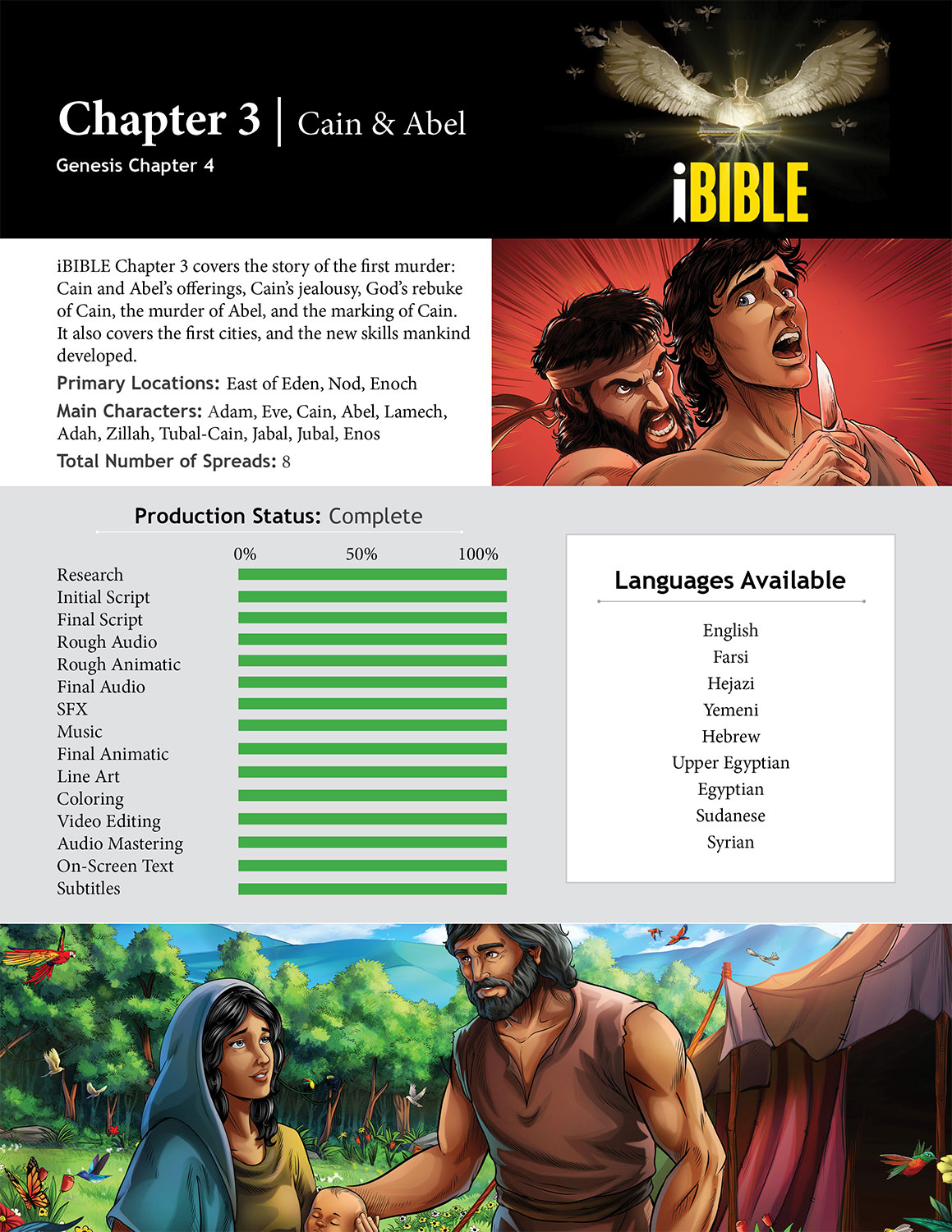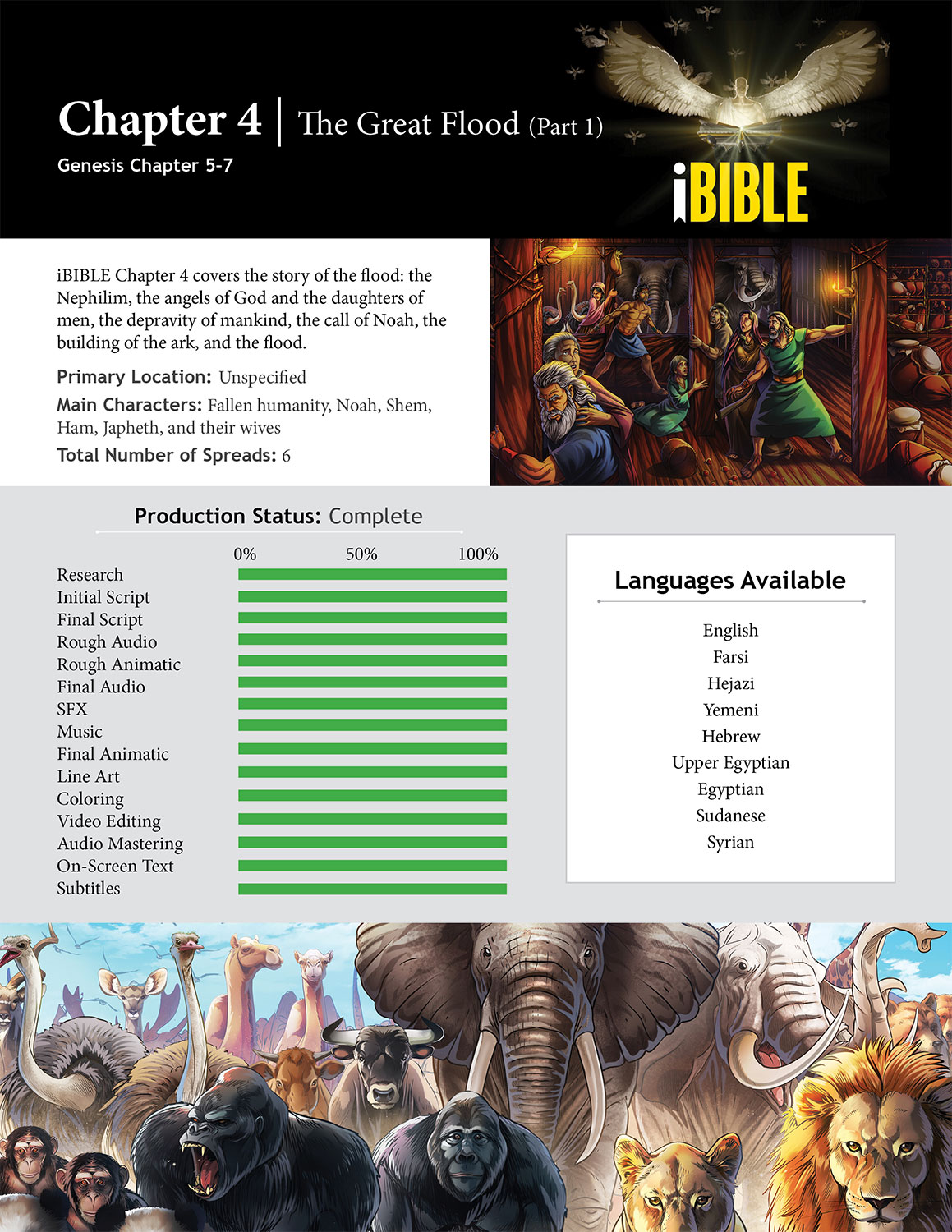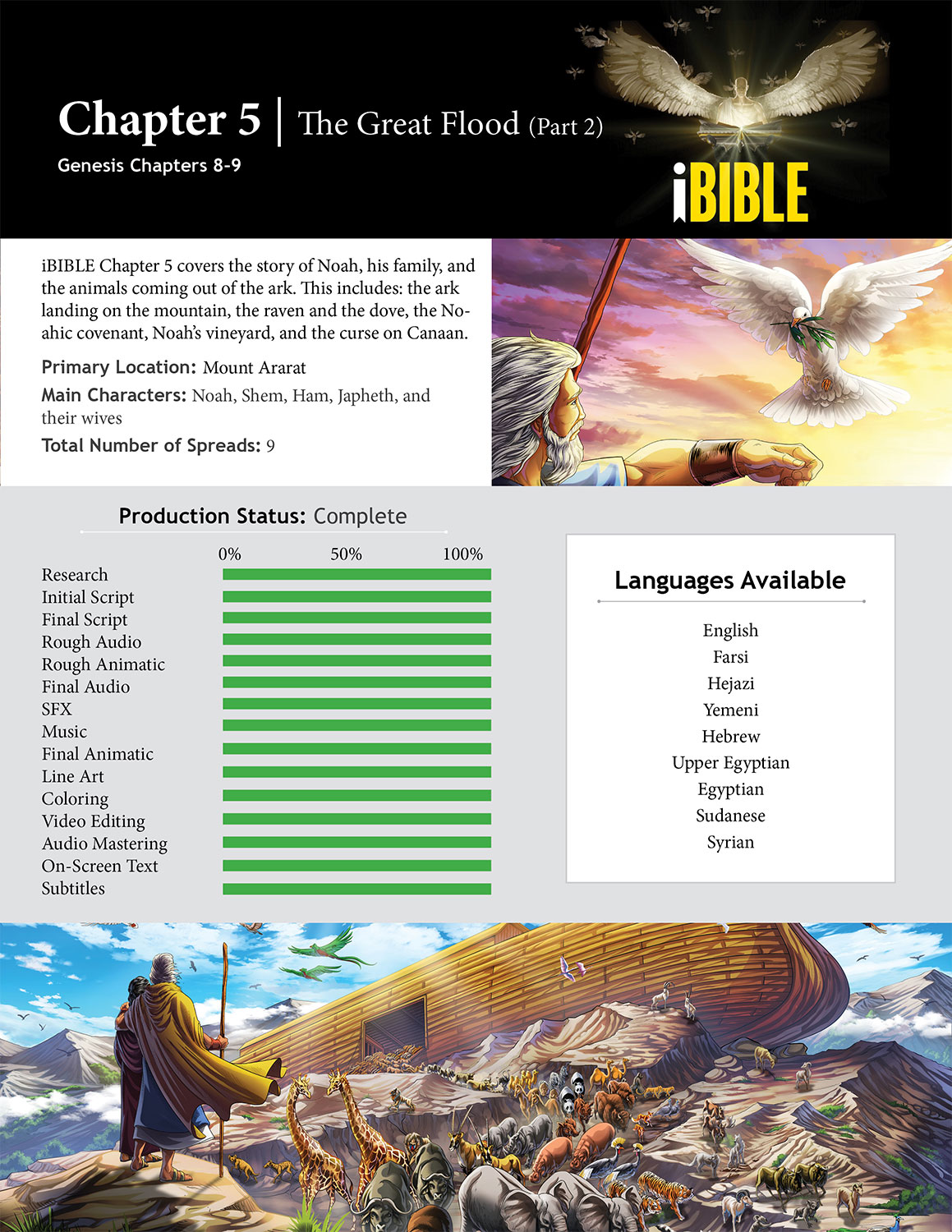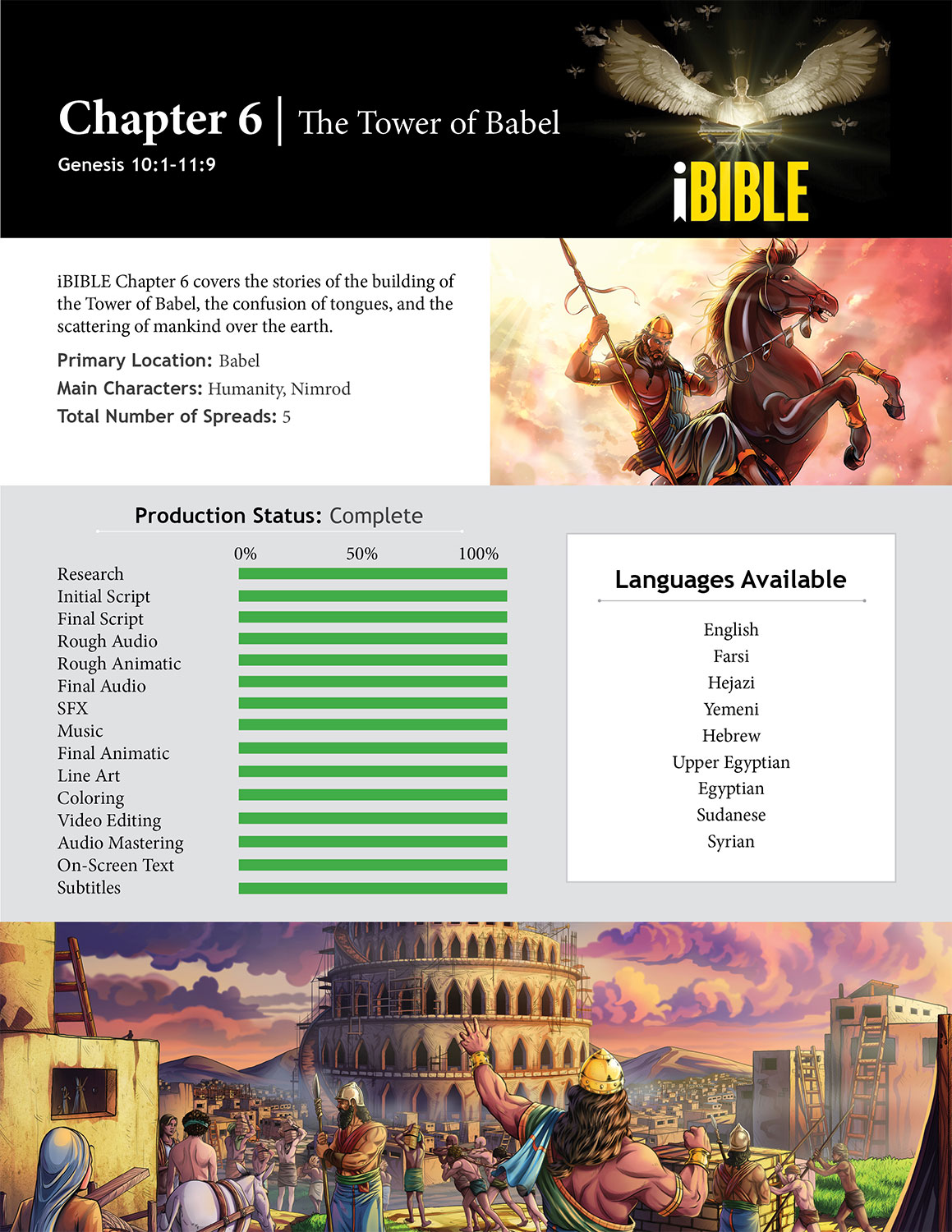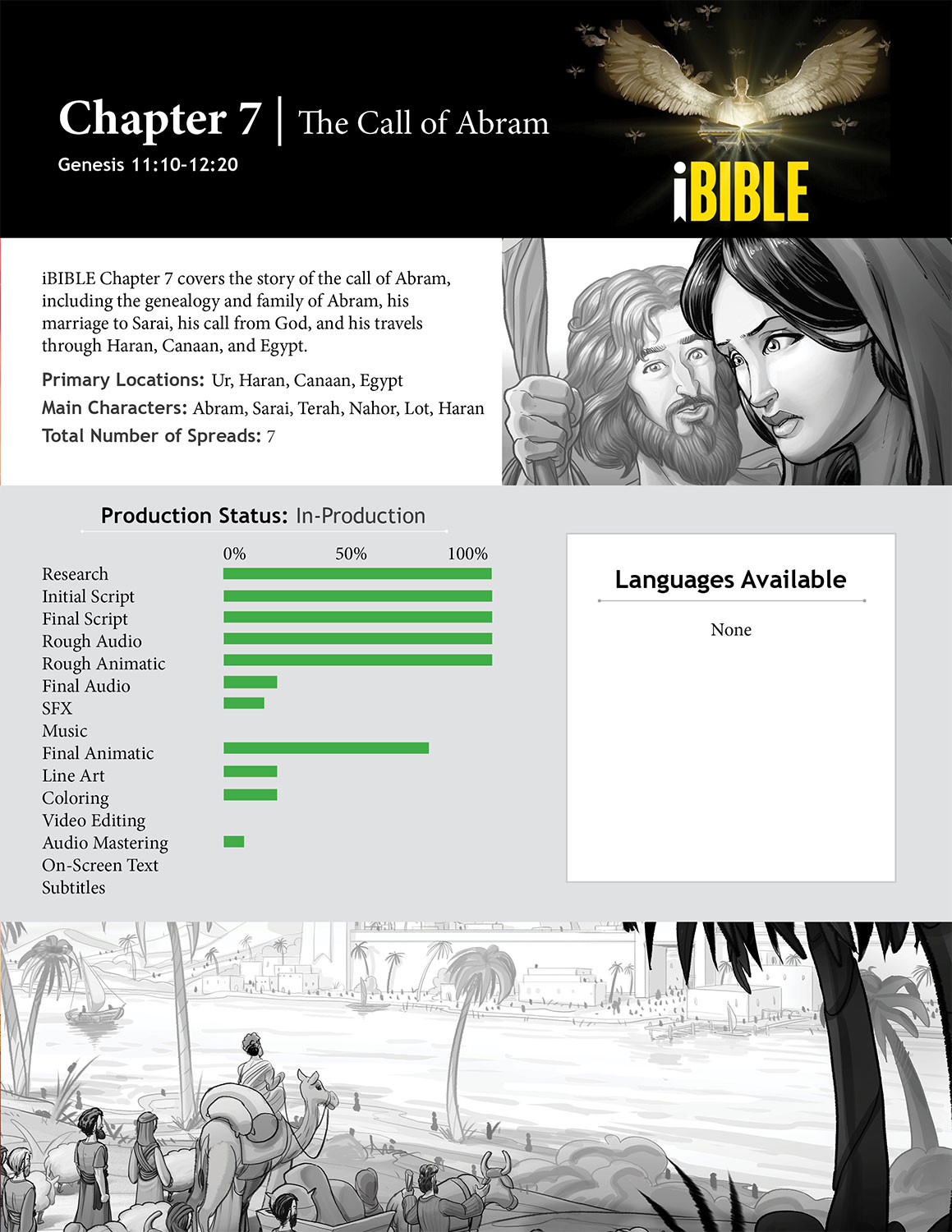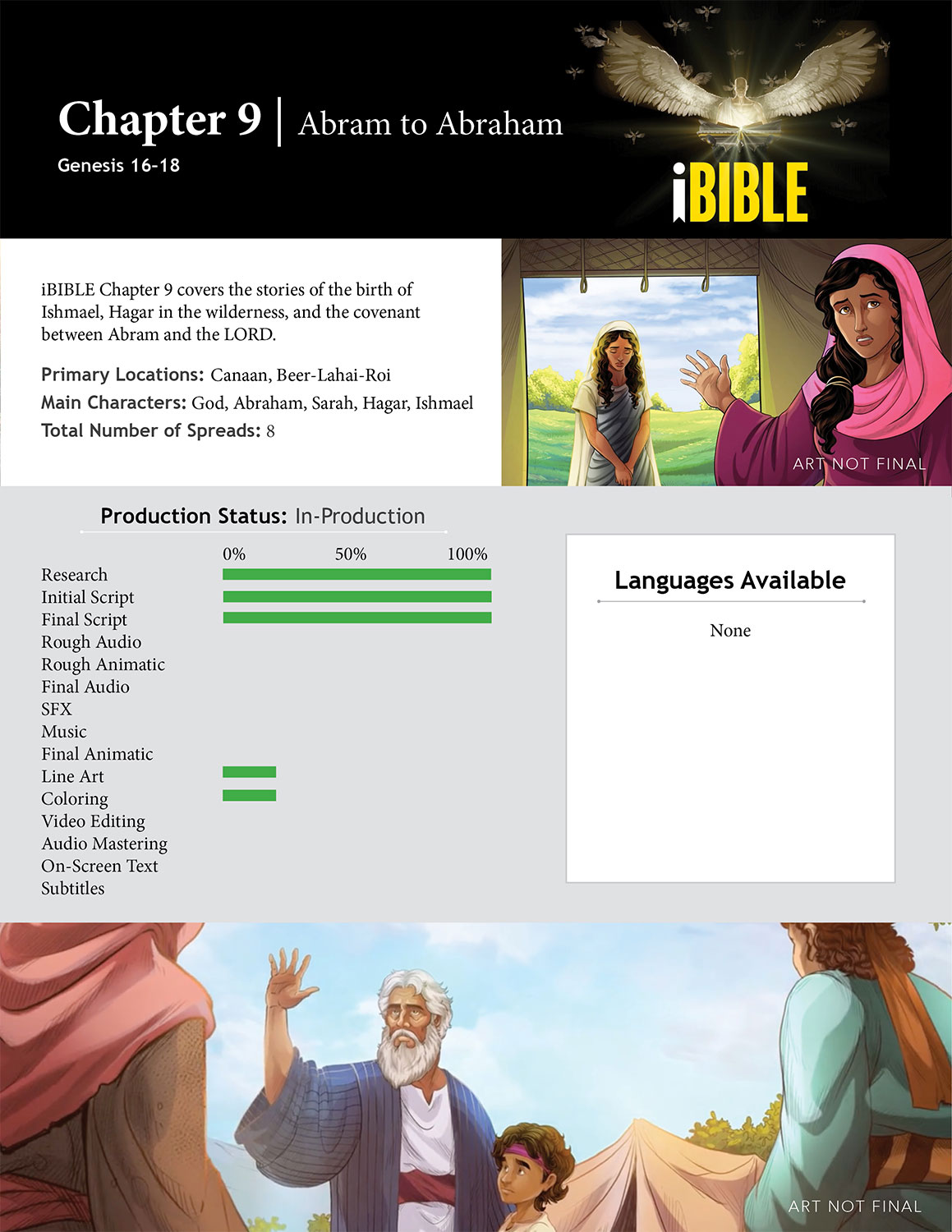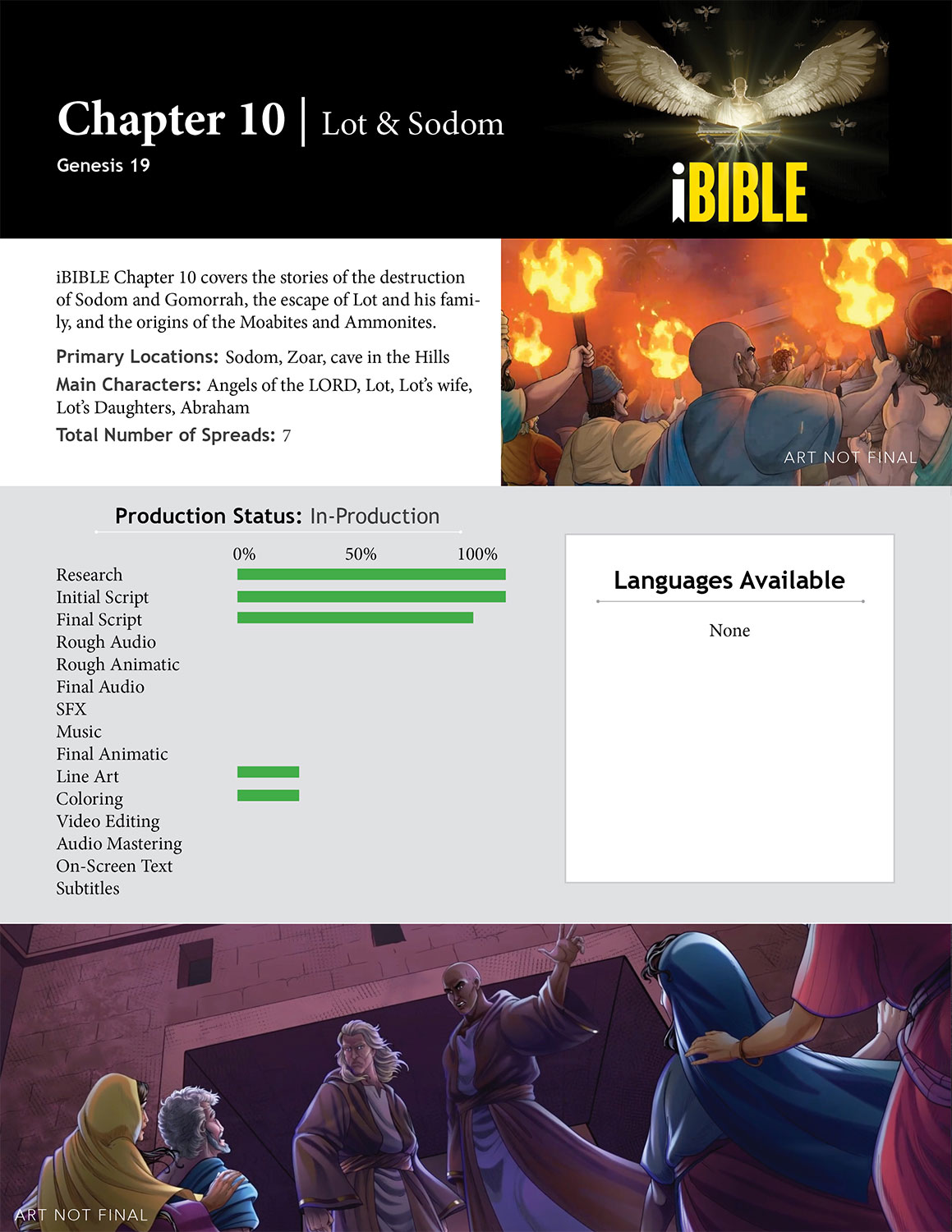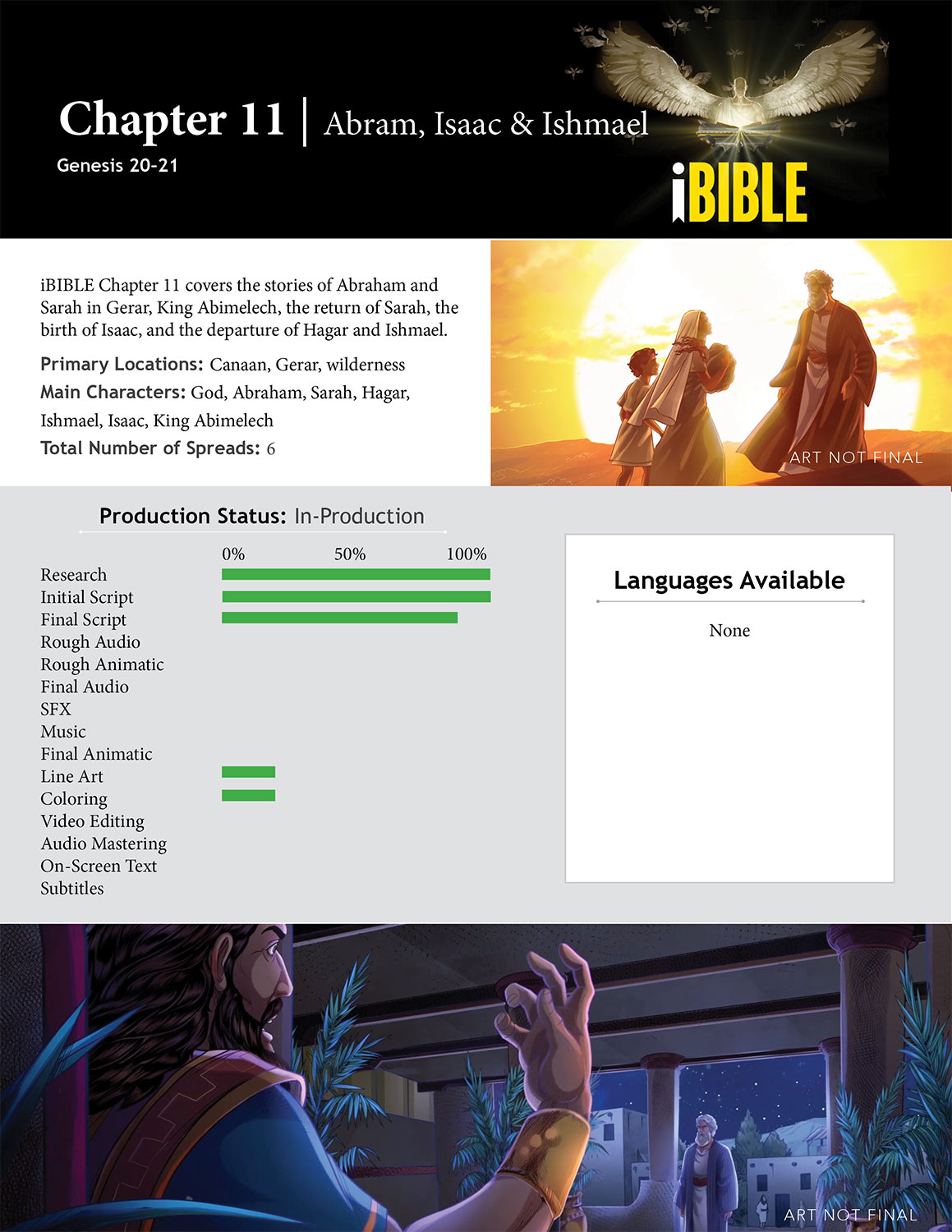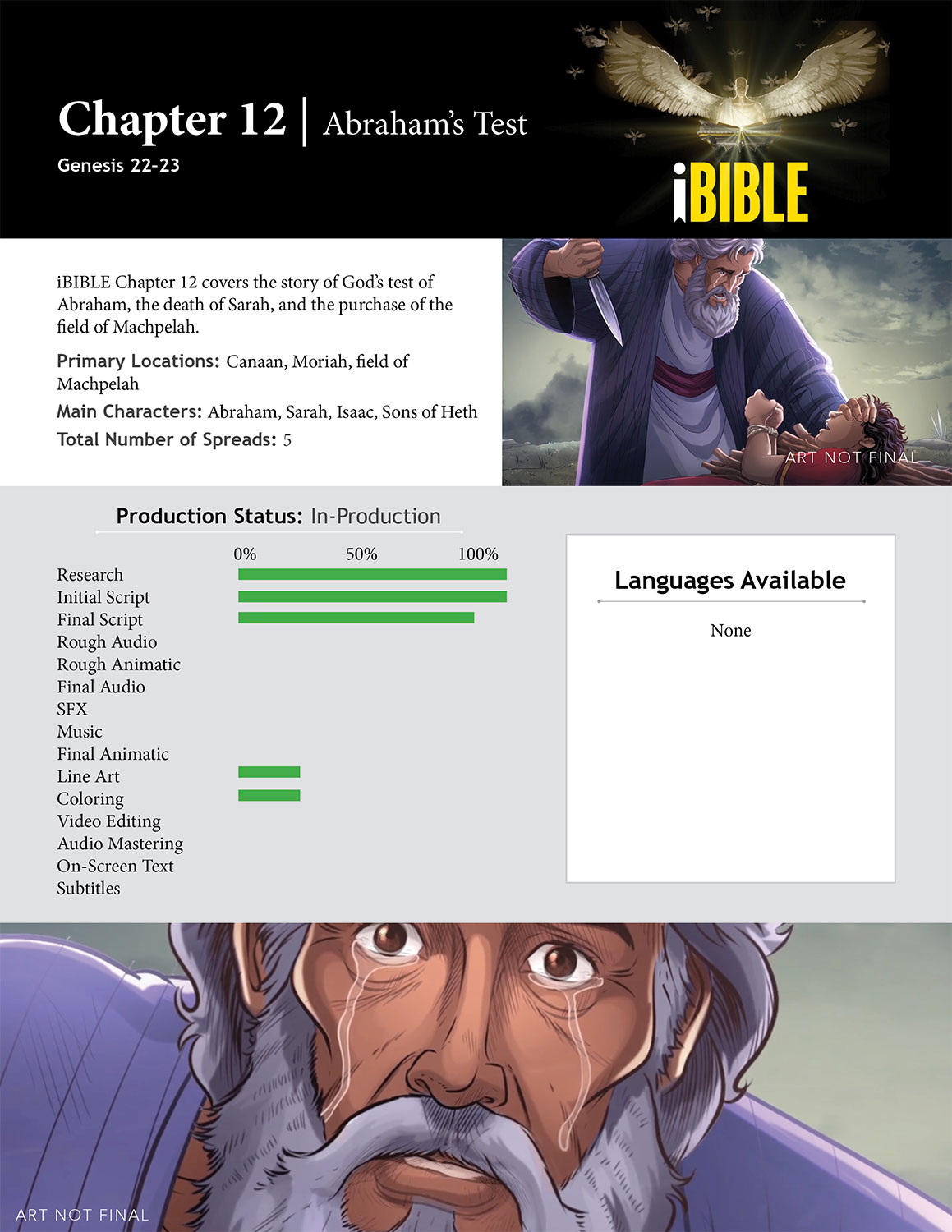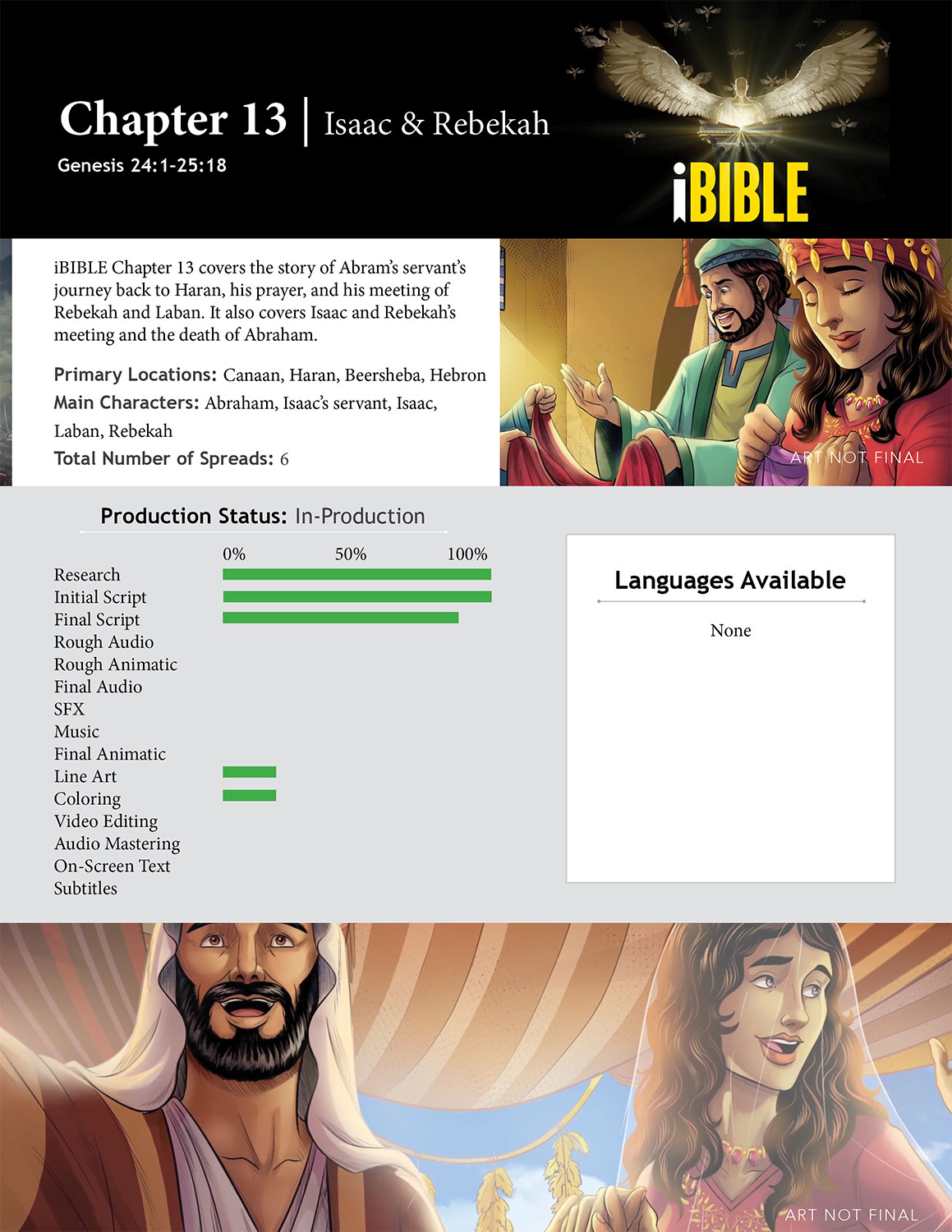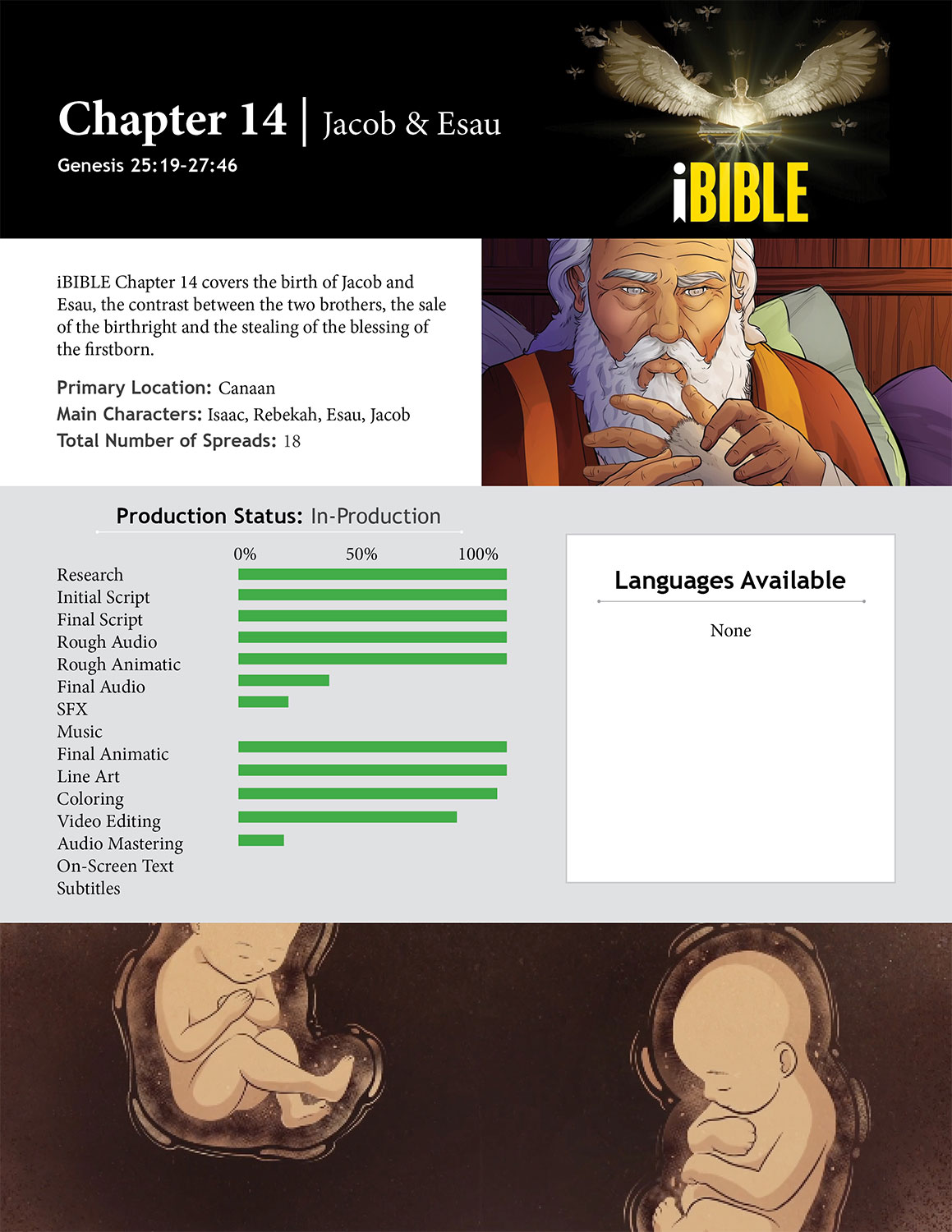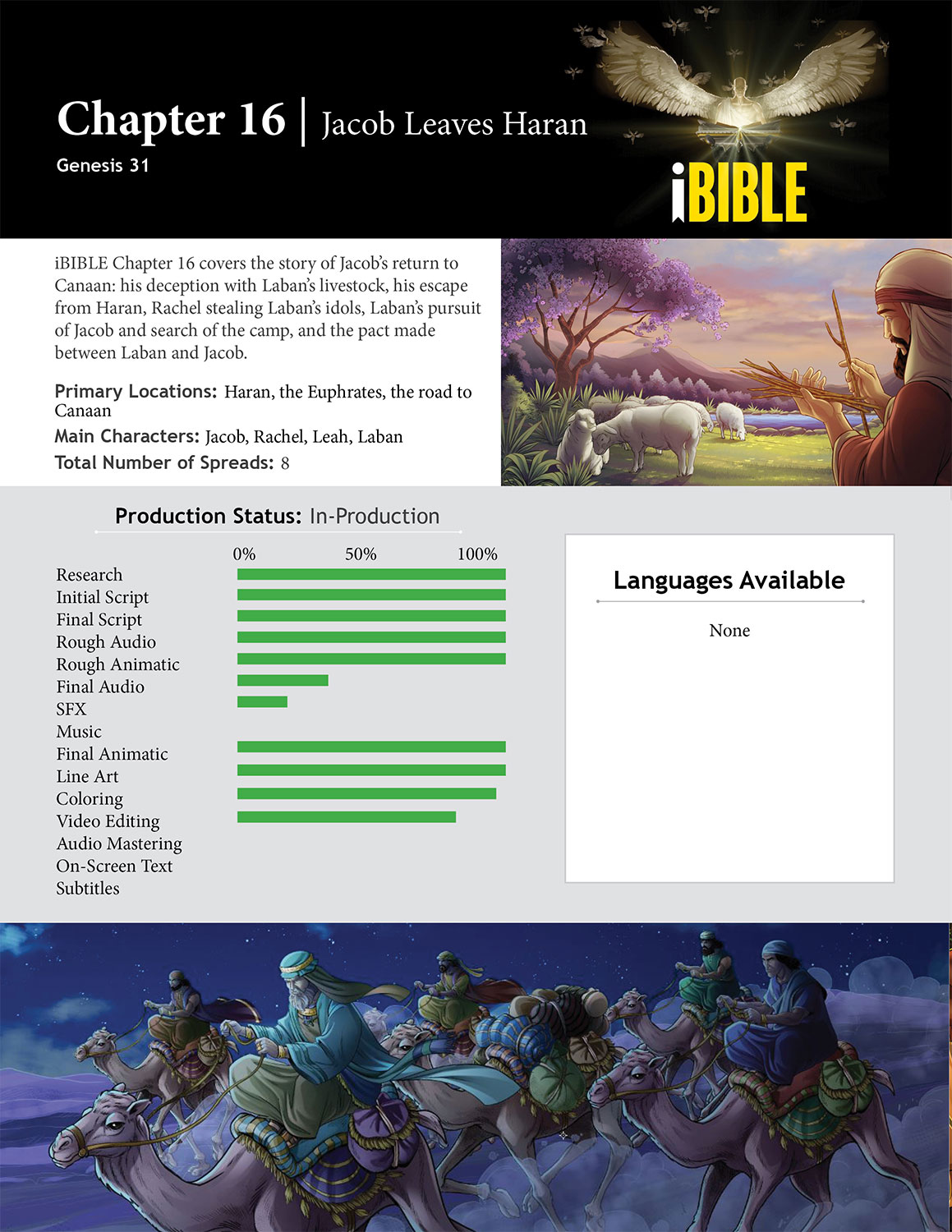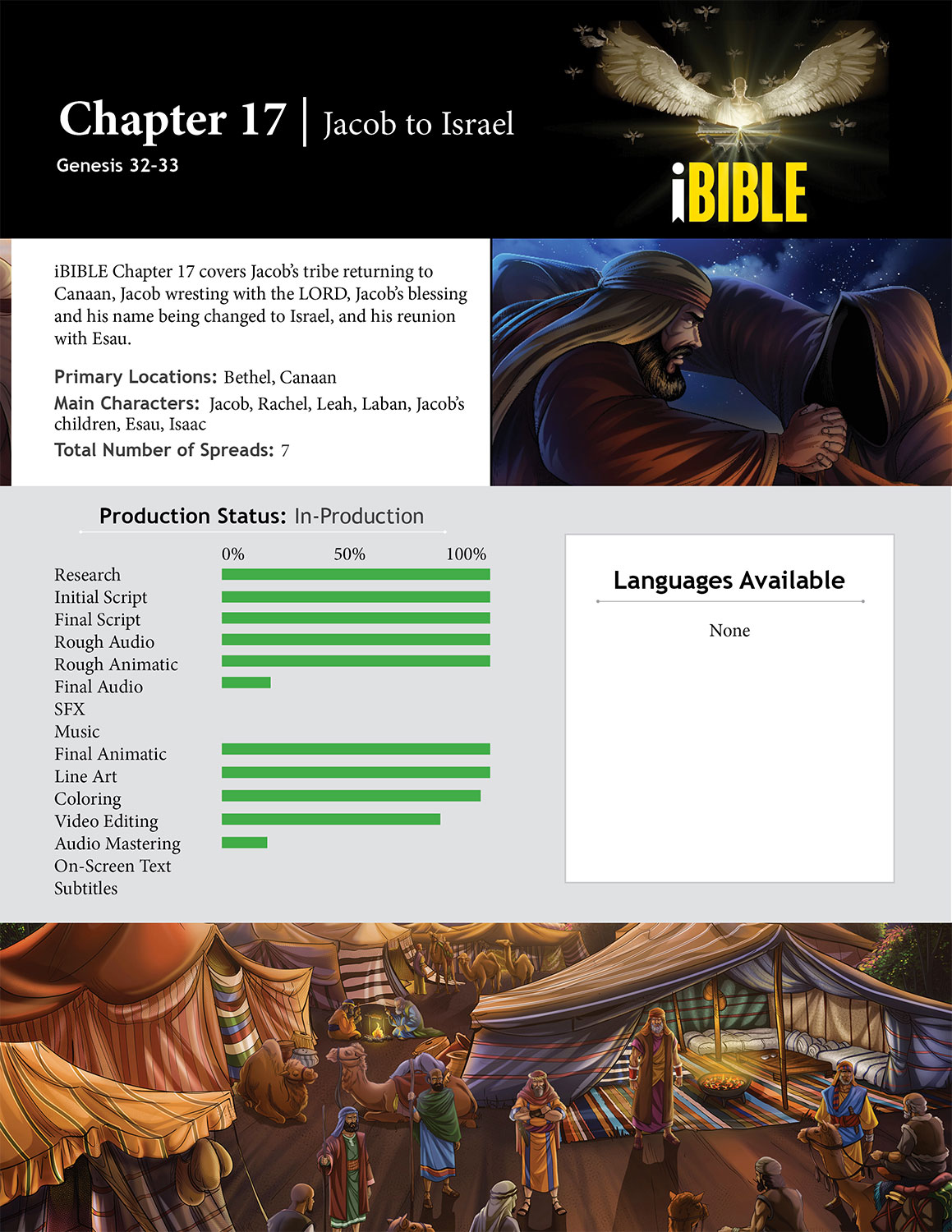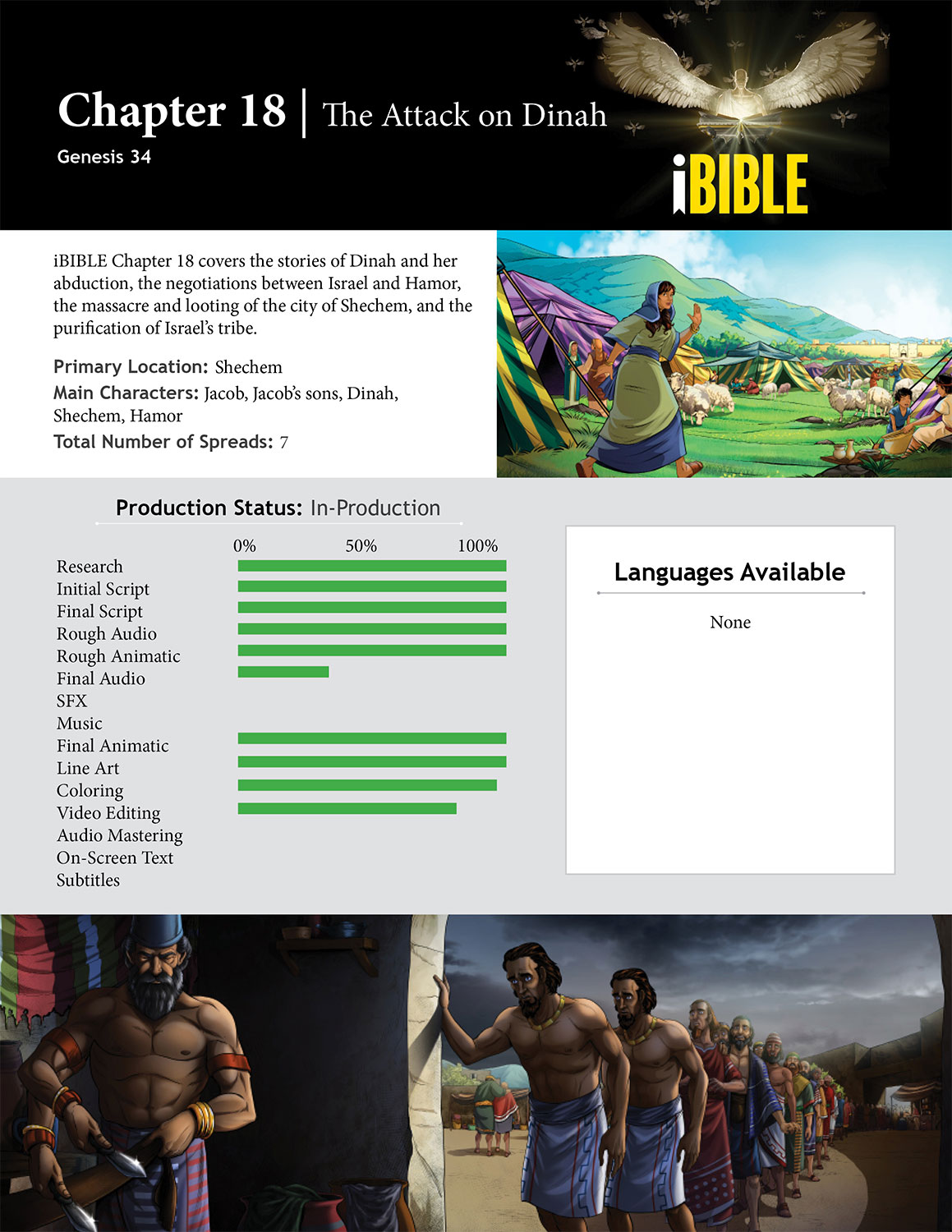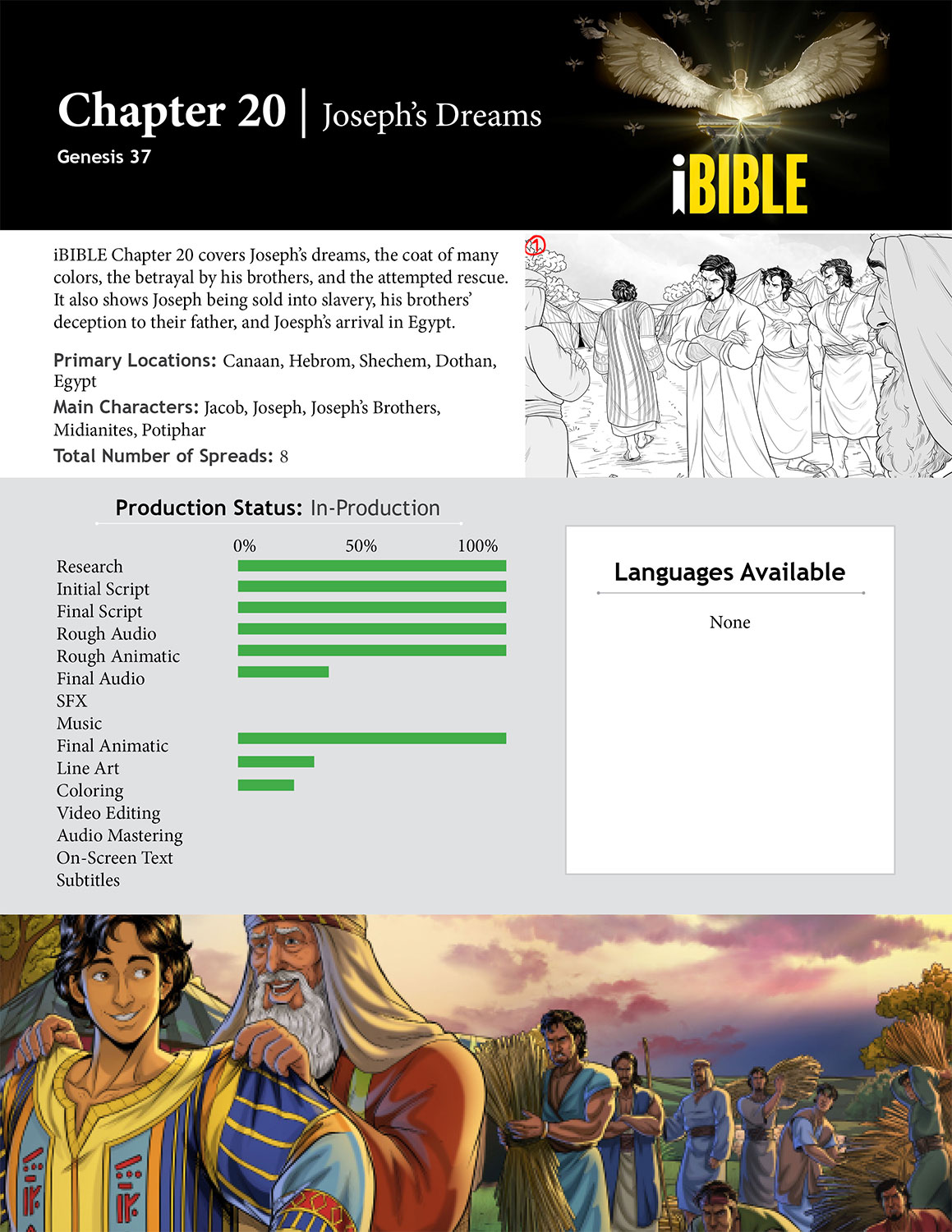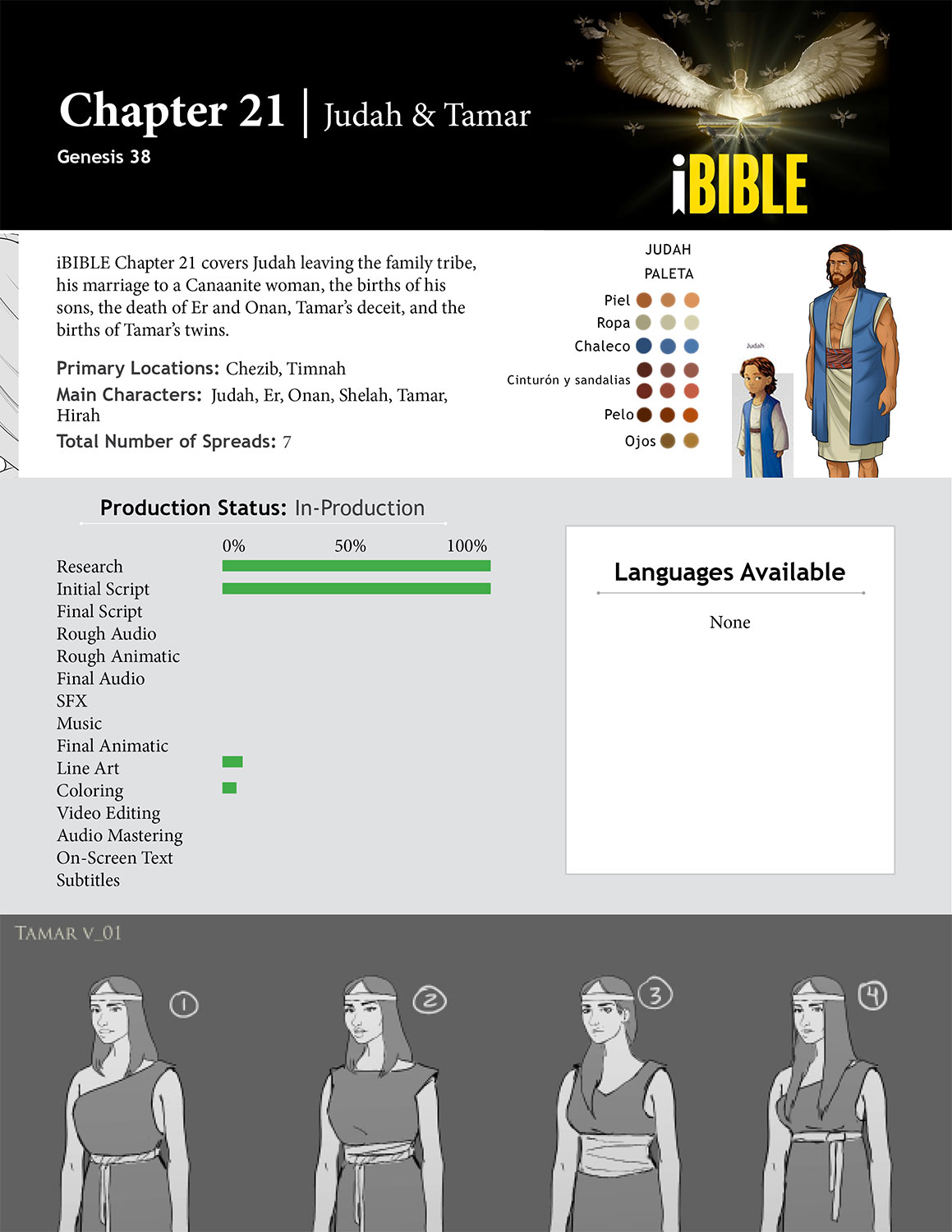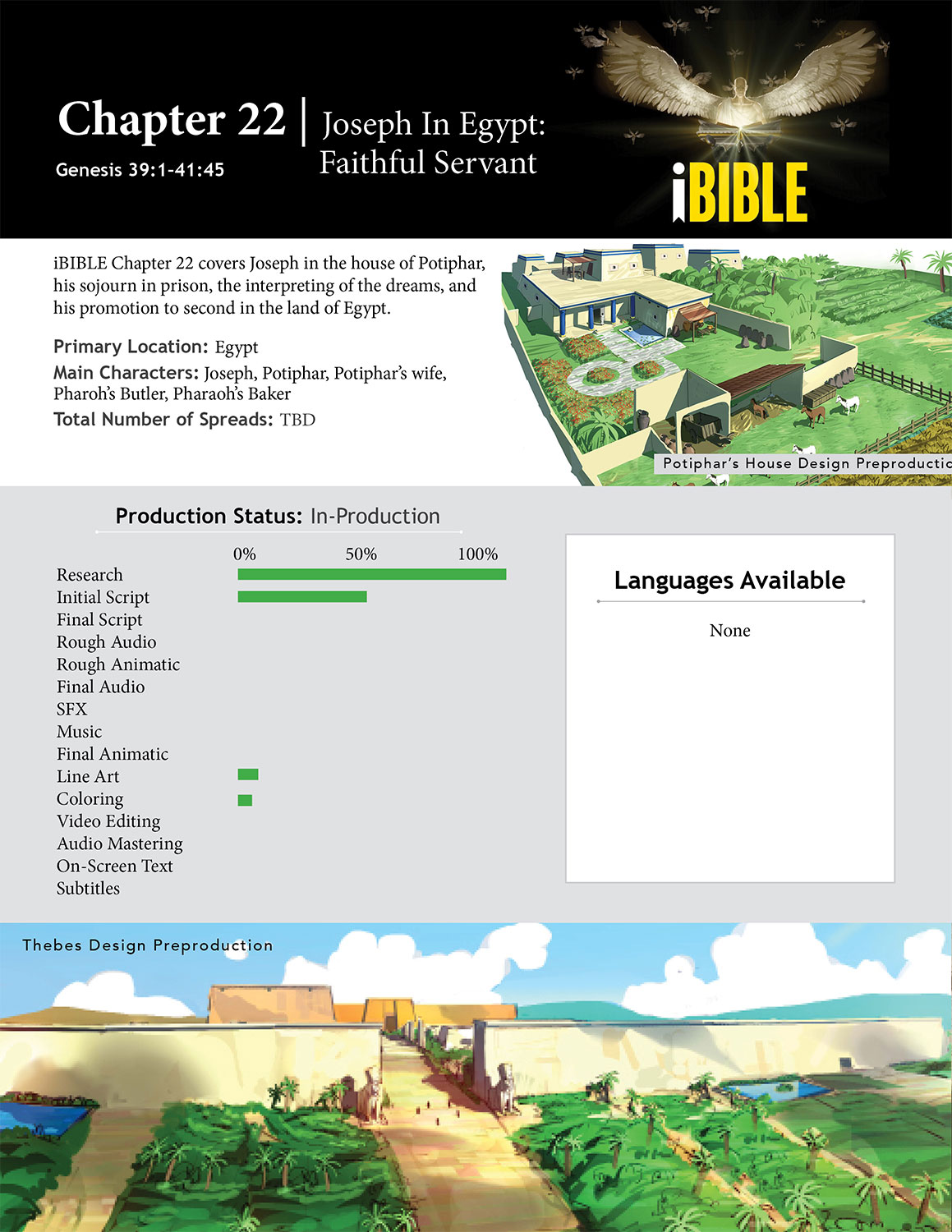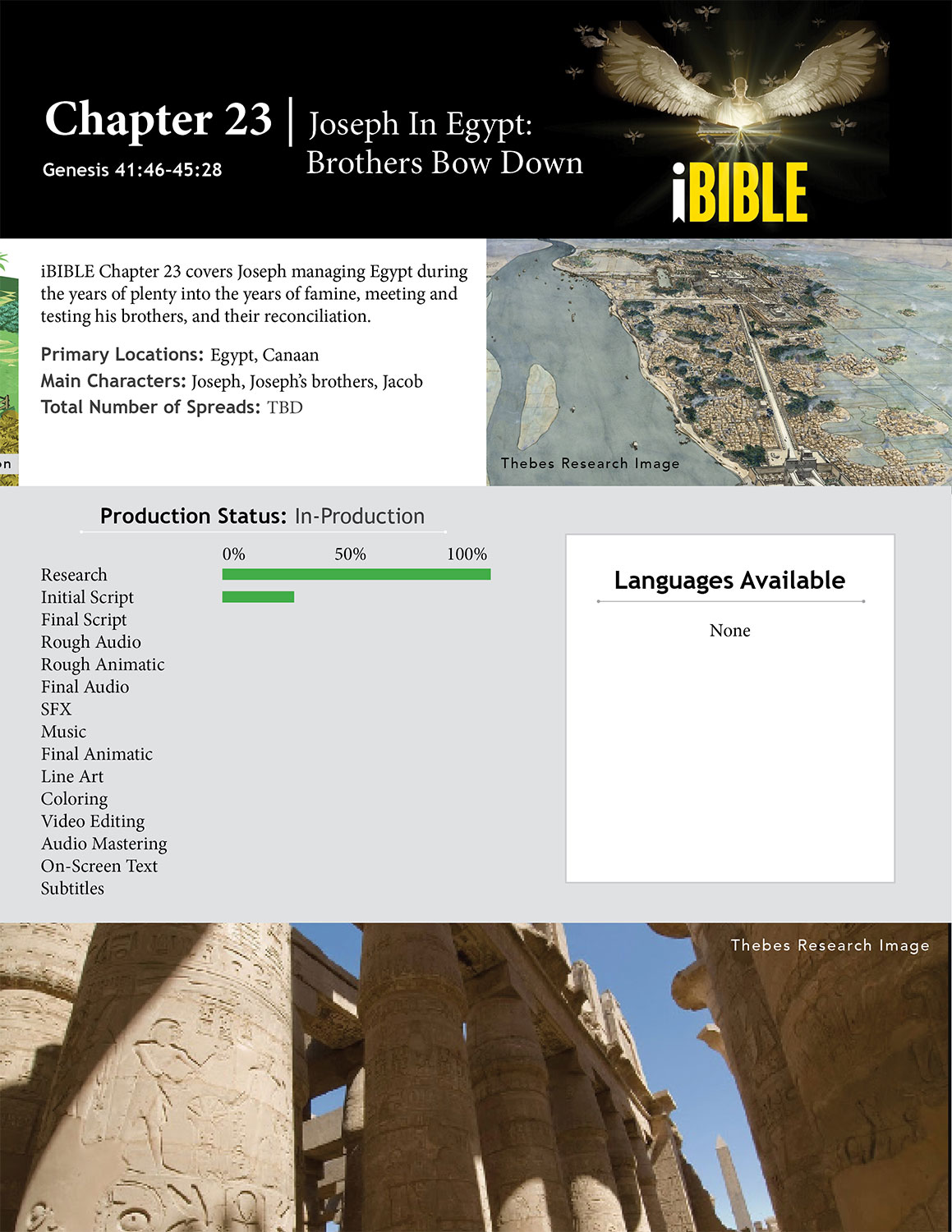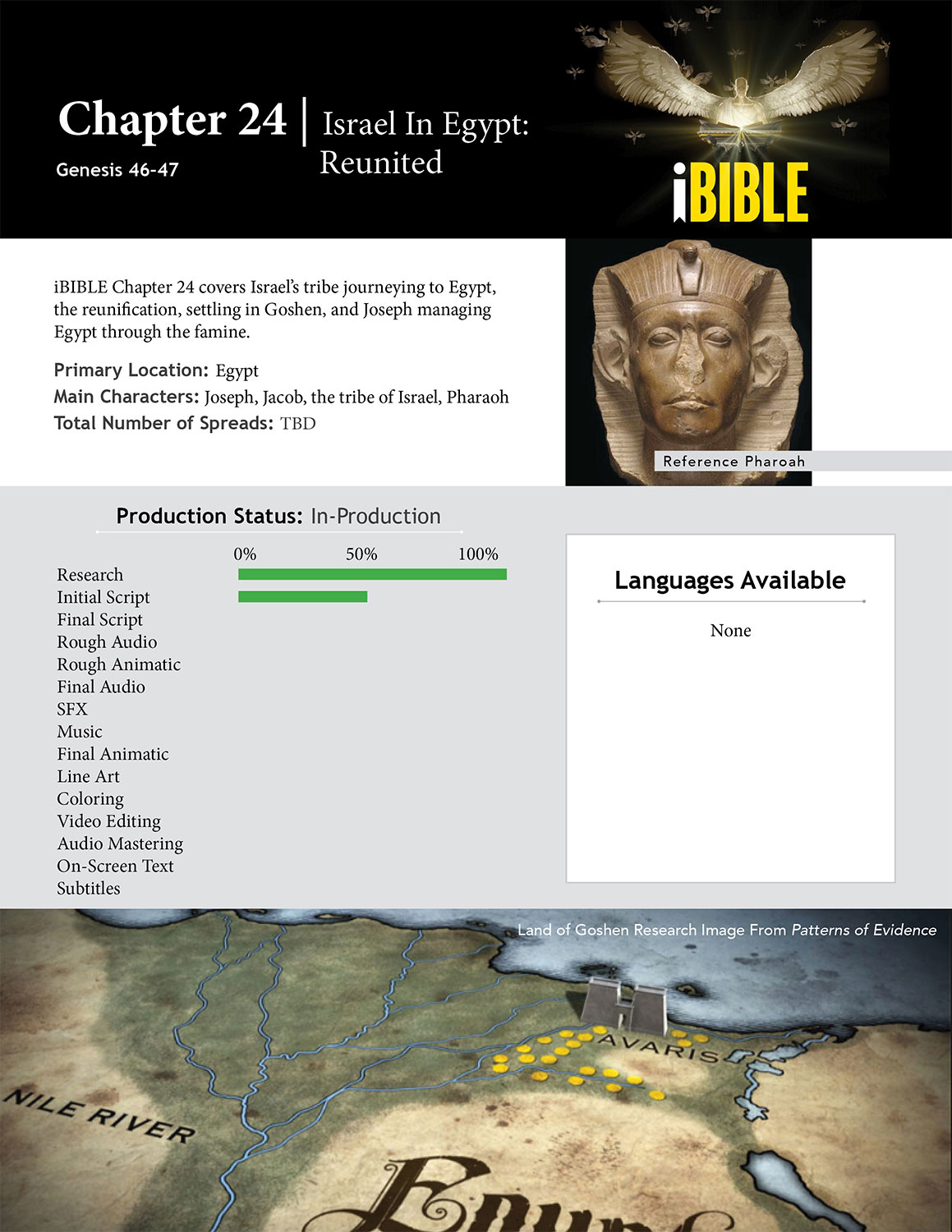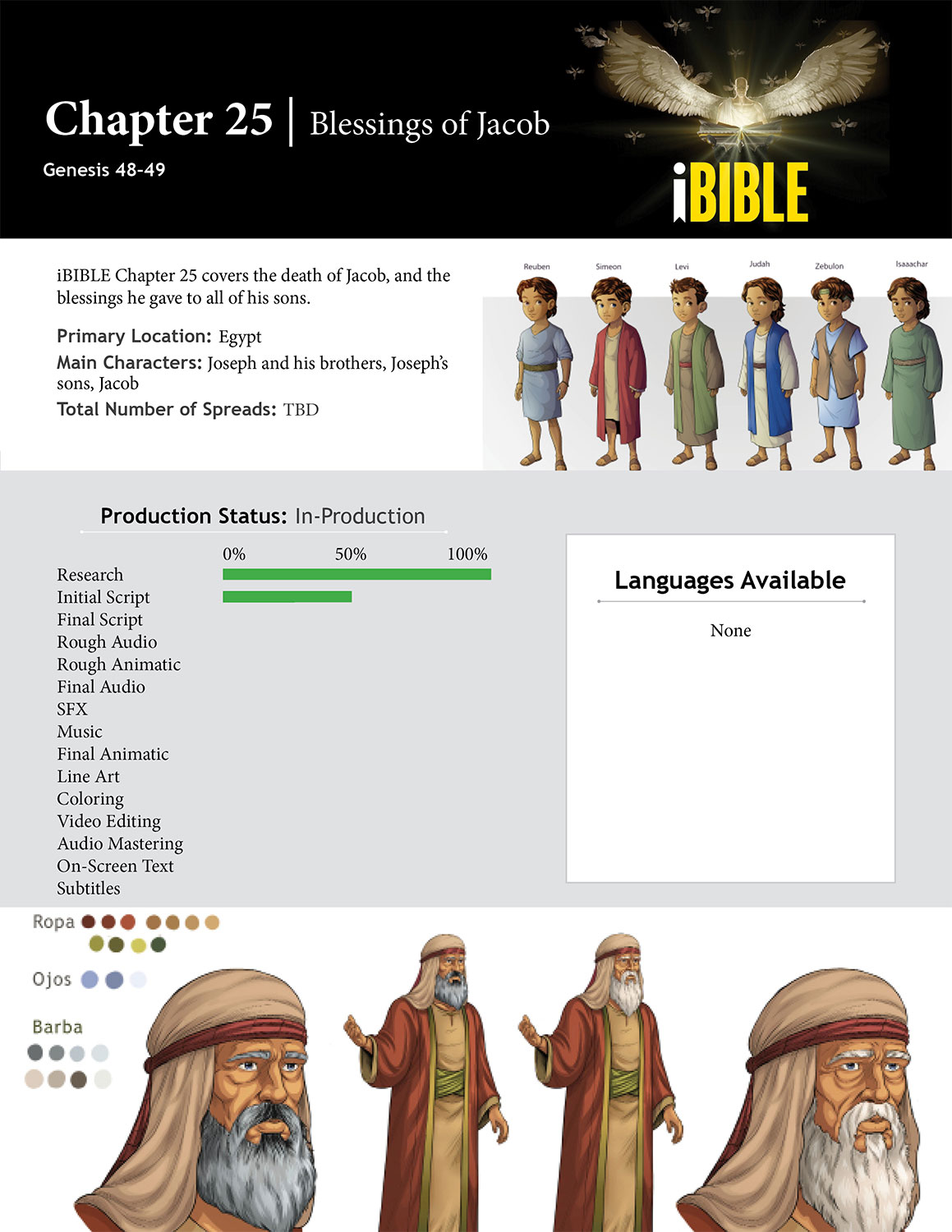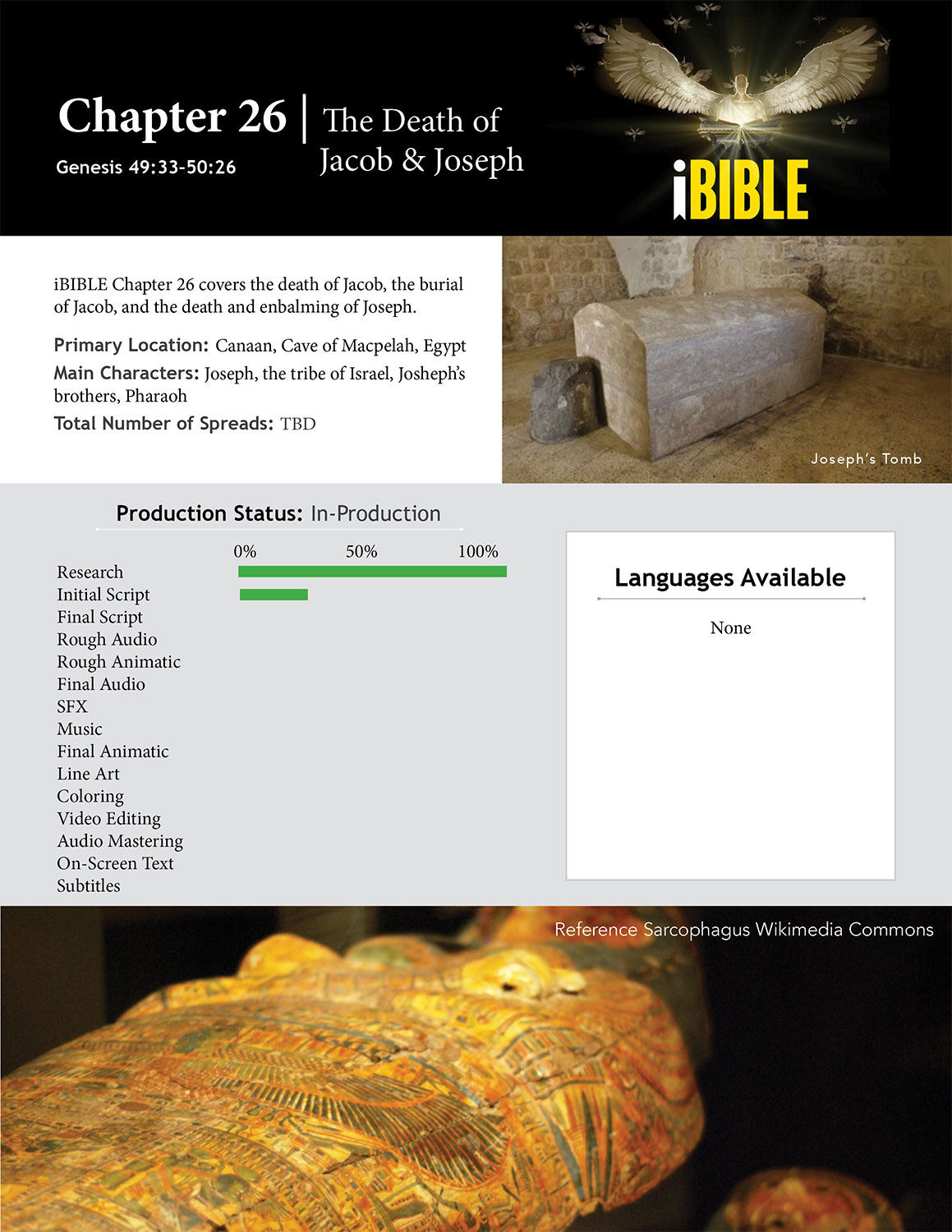Animating the Worshipers of Molech Under King Ahaz of Judah
RevelationMedia is actively designing characters and settings for the latest 3D-animated installment of iBIBLE, the world’s first fully animated presentation of the Divine Narrative. Immerse yourself in Scripture through this visual representation of God’s plan to redeem and restore mankind, spanning from Genesis to Revelation. Join families worldwide in watching the latest installment at www.i.BIBLE!
This week, we invite you to learn more about the animators’ careful considerations in capturing Judah’s idolatrous worship of the pagan god Molech. There is a debate over whether Molech was primarily a Canaanite or Ammonite deity. Scholars also debate the origin of Molech’s name and whether the figure represented a deity or merely a pagan ritual practice. The Bible provides clarifying answers to some of these questions.
To design the hairstyles of Molech’s worshipers, RevelationMedia’s animation team studied ornate details from ancient archeological busts. While not directly tied to Judah, these artifacts provided visual inspiration for how foreign styles might be imagined in the depiction of pagan worship. The animators noted that pagan worshipers sometimes altered their appearance through forked beards or shaved heads, elements that were incorporated into various characters.
Scripture defends the view that Molech was primarily a deity of the Ammonites. The Ammonites were considered an incestuous nation, descended from Abraham’s nephew Lot and Lot’s younger daughter. King Solomon is recorded as building an altar to Molech: “Then Solomon built a high place for Chemosh the abomination of Moab, and for Molech the abomination of the Ammonites, on the mountain east of Jerusalem” (1 Kings 11:7, ESV, emphasis added).
Molech worship is strongly condemned in the Bible (Leviticus 18:21; 20:2–5). King Ahaz of Judah began offering sacrifices to Molech as part of adopting idolatrous practices common in neighboring nations (2 Kings 16:3, 2 Chronicles 28:3). His actions included burning children in the fire, directly contravening God’s commandments.

The images above and below illustrate the animators’ reconstruction of the costumes, hair, and portraits of these idolatrous worshipers of Molech under King Ahaz. They provide a visual reference to better understand the historical and Biblical context. These reconstructions aim to bring the narrative to life for viewers, helping them engage more deeply with the stories and themes that will be explored in the upcoming iBIBLE episodes.

One overarching point is clear: Molech was always associated with child sacrifice. The Bible never describes the physical form of Molech or his cult statue. What Scripture does emphasize is the condemned practice of “passing children through the fire” to Molech (Jeremiah 7:31; 32:35).
Later Jewish tradition and some historical sources attempted to picture this worship, describing Molech as a large hollow metal figure, sometimes imagined with a human body and the head of a bull, with fire kindled inside. In these accounts, children were either placed directly into the flames or laid on the idol’s outstretched arms so they slid into the fire.
Some scholars believe that the name Molech is a combination of the Hebrew words for “king” and “shame,” since it was seen as shameful to offer up your firstborn in return for blessings.

Thank you for your interest in the creation of iBIBLE! Your support helps RevelationMedia create the world’s first visual and interactive Bible for a visual and connected world. When completed, iBIBLE will include the entire Biblical Narrative. Watch it today at www.i.BIBLE!
Prayerfully consider partnering with RevelationMedia to help us create and share iBIBLE and other high-quality Christian content, free for the US, the global missions community, and the world.




